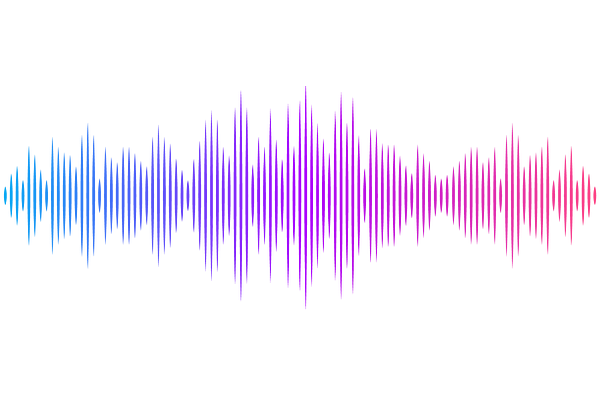BMAL1 and YAP cooperate to hijack enhancers and promote inflammation in the aged epidermis

BMAL1 and YAP cooperate to hijack enhancers and promote inflammation in the aged epidermis
Bonjoch, J.; Sola, P.; Reina, O.; Mortimer, T.; Miroshnikova, Y. A.; Wickstrom, S.; Stephan-Otto Attolini, C.; Alvarez, L.; Aznar Benitah, S.; Solanas, G.
AbstractAgeing is characterised by persistent low-grade inflammation that is linked to impaired tissue homeostasis and functionality. However, the molecular mechanisms driving age-associated inflammation remain poorly understood. The mammalian skin is a clinically relevant target of age-driven inflammation associated with compromised barrier function, inefficient wound healing, elevated oxidative stress, and DNA damage accumulation. Here, we show that upon ageing a previously uncharacterised BMAL1-YAP transcriptional complex is hijacked from chromatin regions associated with homeostatic genes in adult epidermis and redirected to inflammation-related enhancers, amplifying the transcription of their target genes. Independently of its known role as a core circadian clock component, BMAL1 partners with the mechanosensitive transcriptional cofactor YAP at enhancer regions to regulate epidermal identity genes. In contrast, in aged skin, BMAL1-YAP complexes bind to enhancers of inflammation- related genes, co-regulated by NF-kB. Interestingly, aged pro-inflammatory signals from the IL- 17 pathway activate YAP in a Hippo-independent manner. These findings unveil a transcriptional mechanism underlying epidermal ageing, linking chromatin dynamics to inflammatory transcriptional programs through BMAL1-YAP-bound enhancer rewiring. By elucidating how ageing reprograms transcriptional networks, our work highlights potential strategies to counteract chronic inflammation and restore tissue homeostasis across age-related loss of functionality.